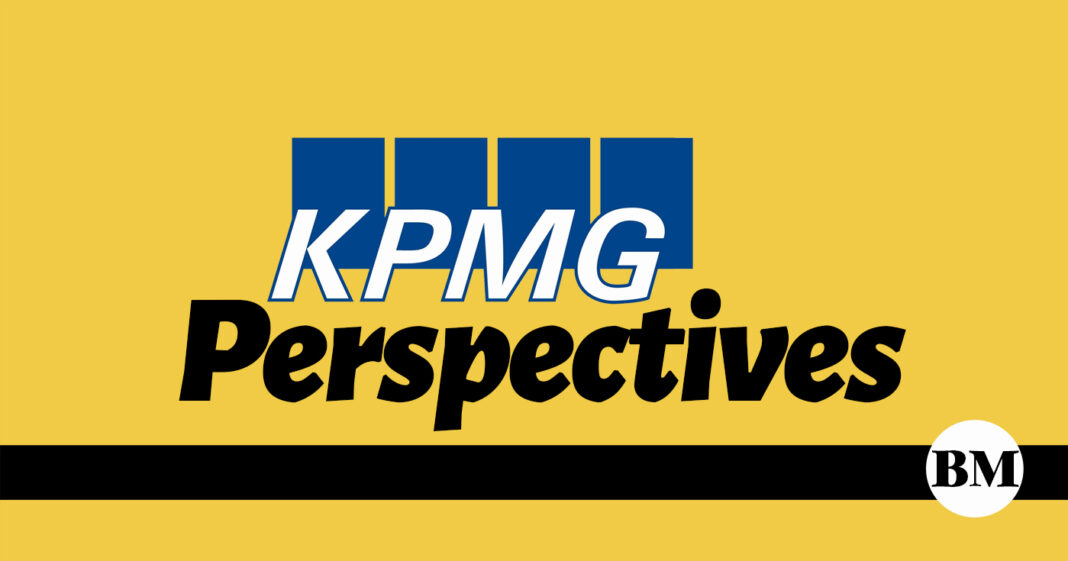
THE entire world has experienced decades’ worth of change in one year. Because so much of this sudden, unexpected and abrupt change has been enforced by Covid-19 it can be hard, even for organizations that have invested in data and analytics, to distinguish a transient fad from an enduring long-term trend.
The distinction might sound semantic, but it is not. If organizations can detect the signals fast enough–and react accordingly–they can profit from transient short-term fads. On the other hand, organizations should base their strategic investment priorities on enduring long-term trends.
Placing big bets on the basis of one popular dataset is a risk that organizations do not have to take. Celebrity endorsements illustrate the Simpson paradox (the phenomenon where a trend in one dataset vanishes when the data is aggregated). A few years ago, the endorsement from celebrities such as Gwyneth Paltrow and Beyoncé made kale a very trendy food. Data capturing soaring sales suggested a paradigm shift in diets, supply increased accordingly but then demand fell by six percent, although sales volumes for spinach and brussels sprouts grew.
Agile organizations generated extra revenue from the kale boom, whereas late arrivals, slow to receive and/or analyze the data, were more likely to incur extra cost. A thorough analysis of different types of data might have flagged up that the sudden popularity of a particular variety of leaf cabbage was indicative of a broader, deeper trend: consumers’ growing interest in healthier foods.
Understanding such nuances is critical because, as consumers look for short term fixes in unpredictable times, demand will probably remain volatile. Indeed, this may already be happening: 27 percent of consumers say they have tried more new brands because of Covid-19 and lockdown.
Covid-19 has shown emphatically how integral data and analytics have become to the way we live, work and do business. It has also exposed how much consumers and organizations alike still have to learn to be truly data literate.
Are you gaining the right insights from your data?
A variety of factors–legacy systems, data quality, strategy, culture and governance–have thwarted organizations’ digital transformation programs.
Too often, data is used only–or primarily–to support existing conclusions or gut instincts. Organizations that rely on too few data points risk misreading the market. When data is geared to specific projects, or stuck in internal silos, it is unlikely to inspire the kind of insights that create value, drive innovation and enhance performance.
The critical need–ignored by many organizations in a rush to invest in technology–is to identify what decisions you want the data to influence. Data is not a bolt-on. It needs to infuse every aspect of an organization if it is to transform performance and drive value.
Using the insights generated from data harvested across different layers of the organization’s, businesses can deepen their understanding of customers–and the paradoxical way they can behave.
Why, for example, do nine out of ten consumers say they are happy to pay more to buy from an ethical organization that puts something back into society, yet only 28 percent say they have already done so? Possibly because consumers perform several roles simultaneously and their priorities will change according to whether they are behaving as citizens, shoppers, employees or family members.
Consumers’ good intent may be frustrated by weather, time, visibility, availability, price or how busy a store is. By clarifying such apparent contradictions, data driven insights can help organizations make better, more informed decisions.
The excerpt was taken from the KPMG Thought Leadership publication entitled “Me, my life, my wallet.”
© 2021 R.G. Manabat & Co., a Philippine partnership and a member-firm of the KPMG global organization of independent member-firms affiliated with KPMG Intl. Ltd., a private English company limited by guarantee. All rights reserved.
For more information on KPMG in the Philippines, you may visit www.kpmg.com.ph.

